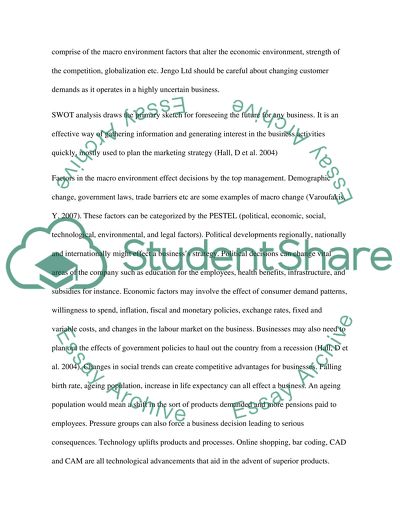Cite this document
(“Measuring Performance Essay Example | Topics and Well Written Essays - 2500 words”, n.d.)
Retrieved de https://studentshare.org/marketing/1390306-measuring-performance
Retrieved de https://studentshare.org/marketing/1390306-measuring-performance
(Measuring Performance Essay Example | Topics and Well Written Essays - 2500 Words)
https://studentshare.org/marketing/1390306-measuring-performance.
https://studentshare.org/marketing/1390306-measuring-performance.
“Measuring Performance Essay Example | Topics and Well Written Essays - 2500 Words”, n.d. https://studentshare.org/marketing/1390306-measuring-performance.


